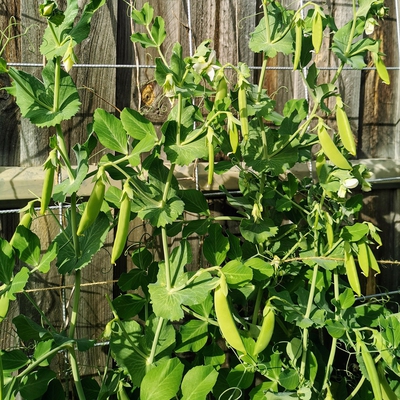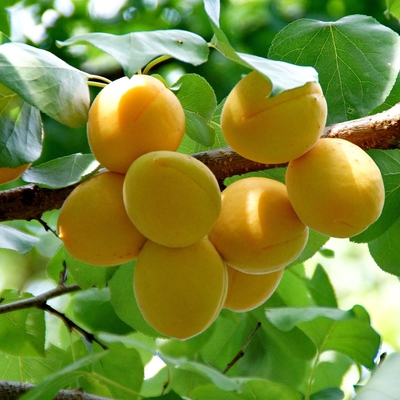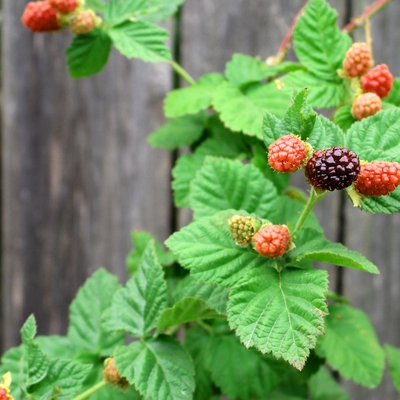Here is a complete guide to growing Banana plants. Learn about sun requirements, spacing, planting, feeding and when to harvest. Find out how to troubleshoot pests and diseases with this guide.
 Soil
Soil
What soil is good for Bananas?
Banana plants require warm, rich, moisture retentive soil that is well draining. Mix in plenty of well rotted organic matter.
 Position
Position
How much sun do Bananas need?
Plant Bananas in a full sun position, protected from strong winds.
 Frost Tolerant
Frost Tolerant
Are Bananas frost tolerant?
No. Bananas are best suited to warm, frost free climates. Growth will stop once temperatures drop below 15°C (59°C), but will start again when temperatures warm up.
 Spacing
Spacing
How much space do Bananas need?
Plant Bananas roughly 4-5m apart.
 Planting
Planting
When should I plant Bananas?
Plant Bananas in spring. The ideal temperature range for Banana growing is around 26-30°C (78-86°F).
Dig a hole 2-3 times the width of the root ball. The hole should allow the plant to sit at the same level in the soil as it was previously. Fill the hole with soil ensuring the crown of the plant, where roots and stem meet, is level with the soil surface.
Plant out in the early morning or evening and/or on an overcast day. Avoid planting at peak sun times or on windy days, this will allow your plants to settle in comfortably and protect them from windburn and sunburn.
 Feeding
Feeding
What do I feed Bananas?
Bananas are very heavy feeders and need to be fed monthly. Apply an organic fertiliser each month as well as a top dressing of fresh compost and chicken manure.
Add a 2-3 inch layer of mulch around the tree up to the drip line to retain moisture (be careful not to pile mulch against the tree trunk as this may lead to rot and disease).
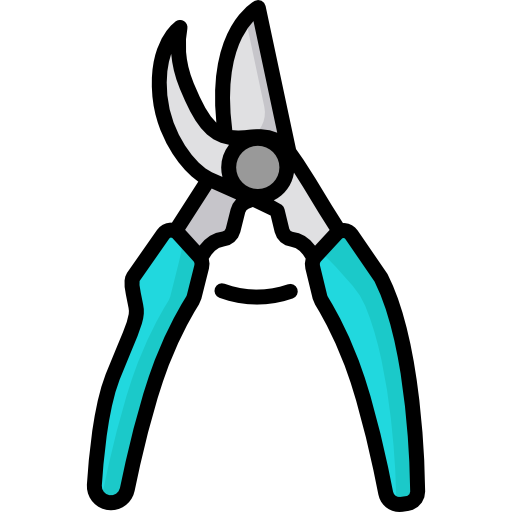 Harvesting
Harvesting
When can I harvest Bananas?
Harvest Bananas as required and as they ripen. If you harvest the whole bunch at once you will need to be prepared for many kilograms of Bananas ripening at the same time.
If you need to harvest the Bananas while they are green, do so when the Bananas are rounded, without ribs and when the flower tips rub off easily. Cut the stem 30cm above the bunch so you can hang them as they ripen.
 Pests
Pests
What pests do Bananas get?
Pests that can affect Bananas include: Banana Aphid, Banana Skipper, Banana Weevil, Coconut Scale.
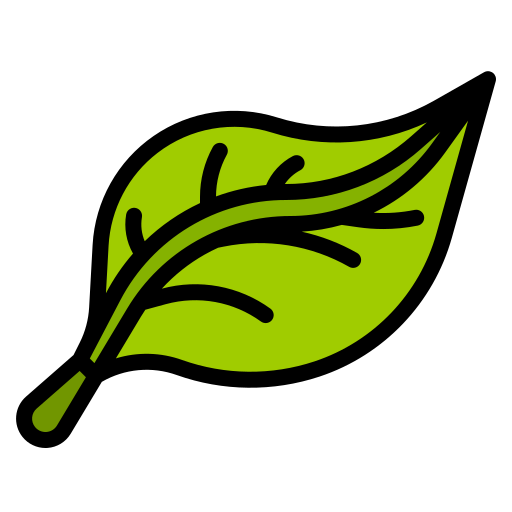 Diseases
Diseases
What diseases do Bananas get?
Diseases that can affect Bananas include: Anthracnose, Banana Speckle, Black Leaf Streak, Cigar End Rot, Cordana Leaf Spot, Panama Disease (Fusarium Wilt), Rhizome Rot, Yellow Sigatoka, Banana Bacterial Wilt, Moko Disease, Banana Mosaic Virus, Bunchy Top Virus.
 Notes
Notes
Is there anything else I need to know about Bananas?
Bananas are not actually trees, but perennial herbs which grow from a large rhizome, much like ginger. When the Bananas reach a good size, cut off the flower bell. This will improve the flavour of the Bananas and allow them to ripen as you need them on the tree, rather than ripening all at once.
After the fruit has been produced, the mother plant dies. At the base of a Banana plant, under the ground, is a big rhizome called the corm. The rhizome has many growing points, those growing points turn into suckers or pups which pop up all around the base of the Banana plant. The suckers can be taken off and transplanted, one or two leaders can be left in position to replace the mother plant.
Remove sucker growth until the first bunch of Bananas appears, then allow one or two to grow to replace the mother plant after it dies. It will take about 6 months until the first flowering stalk appears and approximately 2 months after that until the fruit is ready for harvest.
 Troubleshooting
Troubleshooting
How do I troubleshoot my growing problems?
Protect banana fruit from birds and bats. Banana bunches are very heavy and on occasion they can cause the tree to fall over, so they may need to be supported. Be Careful around Banana trees due to falling branches.
It’s important to buy Banana plants from certified growers as they can carry many diseases which can infect your soil.


